Northrop Frye on Heroic Modes of Action
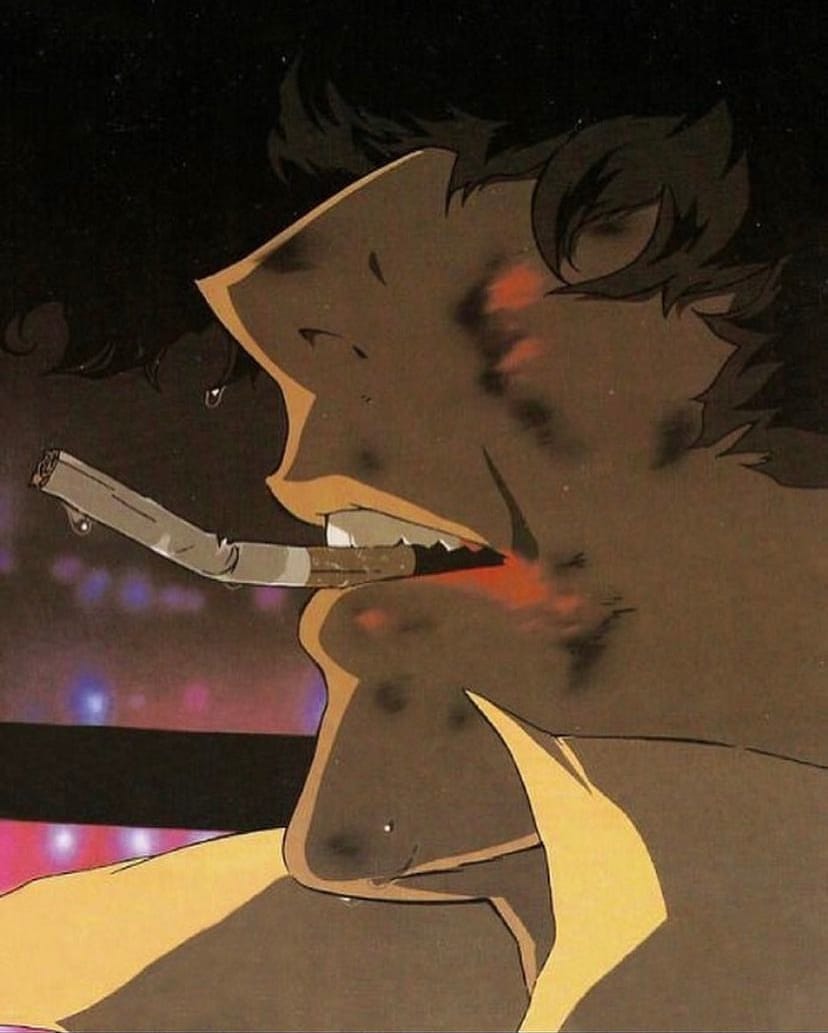
In this post, I'll isolate one specific part from Northrop Frye's Phase Space so that we can look at it in more detail. Let's turn to Frye's model of the mode of heroic action. Frye surveys literature over time, and he classifies it according to a principle he borrows from Aristotle's Poetics:
Since the objects of imitation are men in action, and these men must be either of a higher or a lower type (for moral character mainly answers to these divisions, goodness and badness being the distinguishing marks of moral differences), it follows that we must represent men either as better than in real life, or as worse, or as they are. It is the same in painting. Polygnotus depicted men as nobler than they are, Pauson as less noble, Dionysius drew them true to life.
However, Frye notes that the Greek words commonly translated as goodness and badness could also be rendered weighty and light:
Aristotle's words for good and bad, however, are spouddos and phaulos, which have a figurative sense of weighty and light. In literary fictions the plot consists of somebody doing something. The somebody, if an individual, is the hero, and the something he does or fails to do is what he can do, or could have done, on the level of the postulates made about him by the author and the consequent expectations of the audience. Fictions, there fore, may be classified, not morally, but by the hero's power of action, which may be greater than ours, less, or roughly the same.
Frye then uses this principle to create a potted history of European fiction:
Looking over this table, we can see that European fiction, during the last fifteen centuries, has steadily moved its center of gravity down the list. In the pre-medieval period literature is closely attached to Christian, late Classical, Celtic, or Teutonic myths. If Christianity had not been both an imported myth and a devourer of rival ones, this phase of Western literature would be easier to isolate. In the form in which we possess it, most of it has already moved into the category of romance. Romance divides into two main forms: a secular form dealing with chivalry and knight-errantry, and a religious form devoted to legends of saints. Both lean heavily on miraculous violations of natural law for their interest as stories. Fictions of romance dominate literature until the cult of the prince and the courtier in the Renaissance brings the high mimetic mode into the foreground. The characteristics of this mode are most clearly seen in the genres of drama, particularly tragedy, and national epic. Then a new kind of middle-class culture introduces the low mimetic, which predominates in English literature from Defoe's time to the end of the nineteenth century. In French literature it begins and ends about fifty years earlier. During the last hundred years, most serious fiction has tended increasingly to be ironic in mode.
Denham summarizes Frye's exposition on the modes using this table:
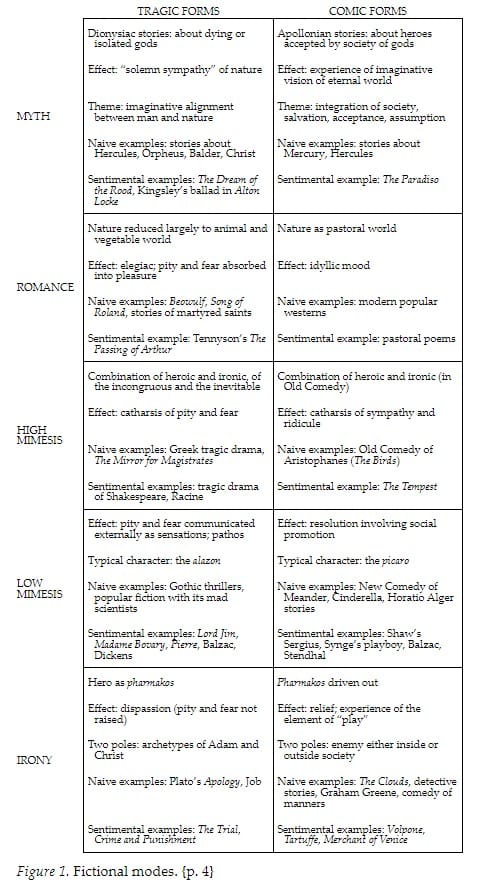
The key terms you need to understand the table are tragic and comic, and naive and sentimental.
By naive and sentimental, Frye means the initial form, and a later recreation. Examples would be Gothic architecture, and the later Gothic Revival, or medieval plainchant, and the later Gregorian chant that comes from Solesmes. Or even the original popular folk tales, and the subsequent recreation of them by the Brothers Grimm or Andrew Lang.
Frye explains tragic and comic almost like vectors along an isolation/integration axis:
Also there is a general distinction between fictions in which the hero becomes isolated from his society, and fictions in which he is incorporated into it. This distinction is expressed by the words "tragic" and "comic" when they refer to aspects of plot in general and not simply to forms of drama.
So then let's look at each of the tragic and comic pairs for each mode.
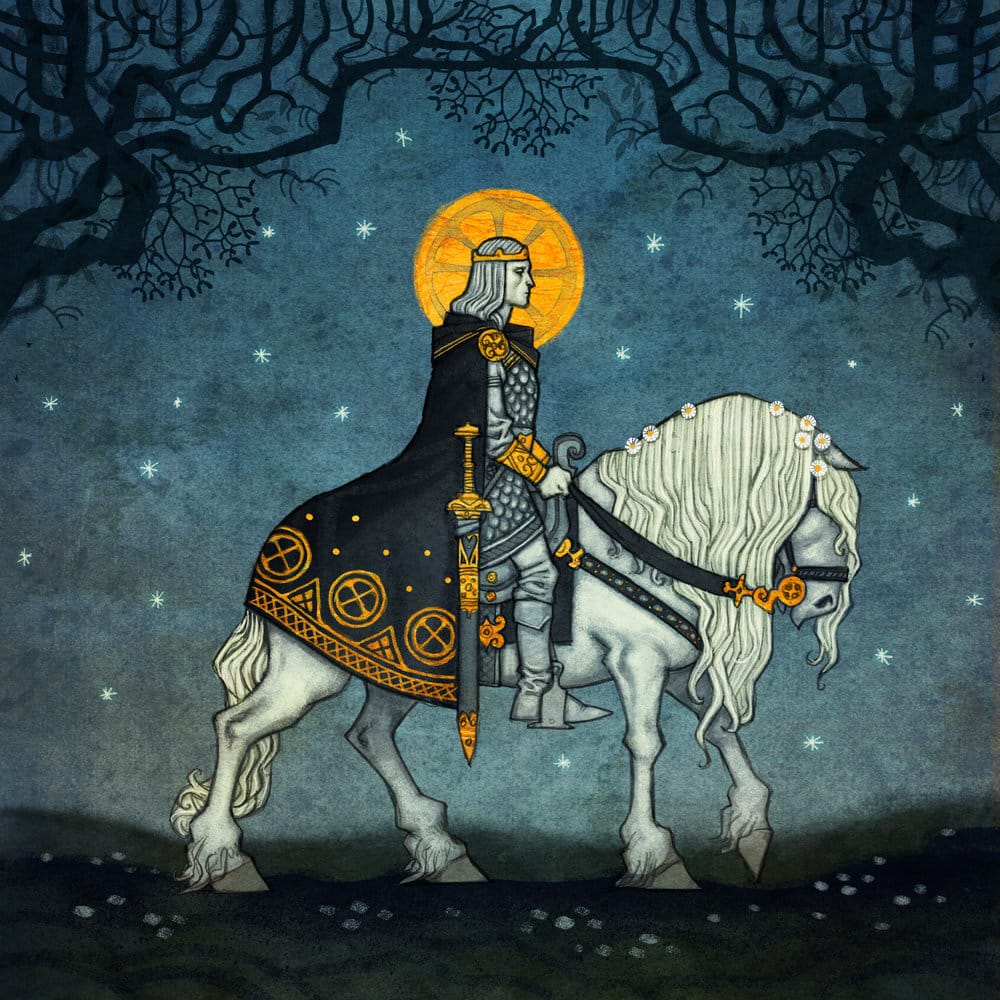
Myth is the mode that is easiest to understand, as by that Frye is referring to the kind of things you find in Bullfinch's Mythology or Celtic tales of the Tuatha de Danann. There are few or no examples of this kind of thing in an unmixed form produced now, but very few stories actually are unmixed in mode.
Once we have learned to distinguish the modes, however, we must then learn to recombine them. For while one mode constitutes the underlying tonality of a work of fiction, any or all of the other four may be simultaneously present. Much of our sense of the subtlety of great literature comes from this modal counterpoint. Chaucer is a medieval poet specializing mainly in romance, whether sacred or secular. Of his pilgrims, the knight and the parson clearly present the norms of the society in which he functions as a poet, and, as we have them, the Canterbury Tales are contained by these two figures, who open and close the series. But to overlook Chaucer's mastery of low mimetic and ironic techniques would be as wrong as to think of him as a modern novelist who got into the Middle Ages by mistake. The tonality of Antony and Cleopatra is high mimetic, the story of the fall of a great leader. But it is easy to look at Mark Antony ironically, as a man enslaved by passion; it is easy to recognize his common humanity with ourselves; it is easy to see in him a romantic adventurer of prodigious courage and endurance betrayed by a witch; there are even hints of a superhuman being whose legs bestride the ocean and whose downfall is a conspiracy of fate, explicable only to a soothsayer. To leave out any of these would oversimplify and belittle the play.
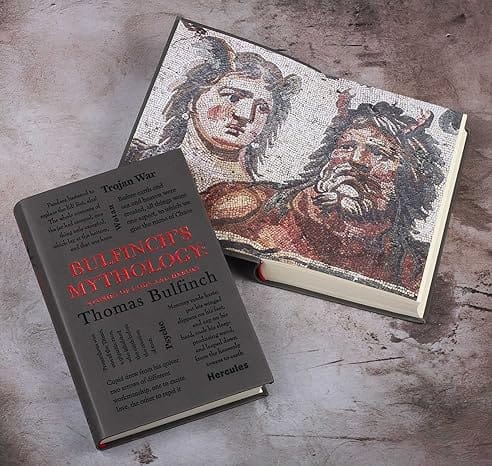
A tragic myth is then simply a story of a dying and rejected god, while a comic myth is often that of a hero who is accepted into into a society of gods.
Things start to change as we move into the mode of the romance. Frye shifts his definition, as Denham notes:
But because of the god’s superiority to nature, the effect of his death is often shown in what happens to nature as a result: an effect captured by such expressions as the “solemn sympathy” of nature or “all creation weeping at the death of Christ.” “Effect” here does not refer to what an audience feels but rather to what is shown, internally in a myth, to be the “natural” result of a god’s death. The so-called pathetic fallacy, in other words, can indicate that we are in the presence of the tragic mythical mode when the alignment between man and nature comes from an aspect of the plot which is tragic (AC, 36).
In his discussion of tragic romance Frye uses “effect” in a somewhat different sense. The death or isolation of the romantic hero, he says, “has the effect of a spirit passing out of nature, and evokes a mood best described as elegiac.... The elegiac is often accompanied by a diffused, resigned, melancholy sense of the passing of time, of the old order changing and yielding to a new one” (AC, 36–37). This melancholic mood, created by the death of the hero, is a fact of emotional importance, so that Frye is here speaking not of internal effects but of the affective significance which the death of the hero has upon us as readers. In fact, Frye’s discussion of both tragic romance and tragic high and low mimesis dwells more upon principles relating to affective response than upon any other principle.
It is also worth noting that Frye used the term "romance" to describe both a mode of heroic action and a mythoi, by which he means something like a supercategory of genre that is concerned with plot and characters.
Frye's examples of tragic romance [as mode of action] should be familiar enough. Beowulf and the Song of Roland are common touchpoints here at With Both Hands. For comic romance, Frye selects popular Westerns.
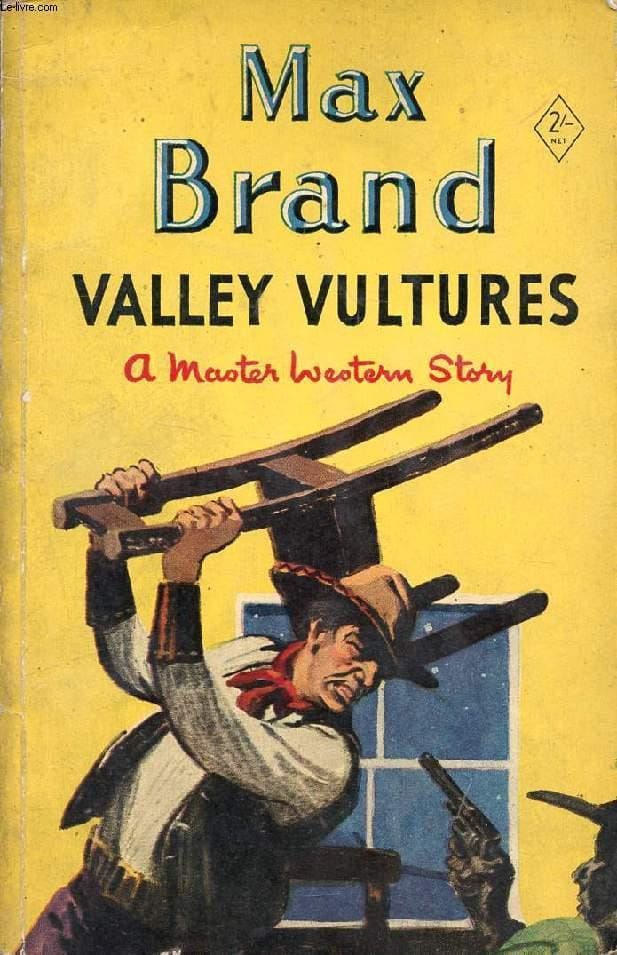
The Max Brand story Valley Vultures is a good example of what Frye meant. Brand is not well-known today, perhaps except for the small group of Western aficionados, but in that story, a son, the lone survivor of the massacre of this family, returns to a small town to reclaim what is his. In Frye's sense, Charlie's return is about his re-integration into his rightful place into society, and is thus comic.
The definition of the high mimetic mode is where the hero is superior in degree to other men but not superior to nature. Frye's examples show that this most often means a leader of men, a great prince, or the like. The Mirror for Magistrates is a sixteenth century collection of stories about the lives of famous men, meant to educate other men in similar positions of power, but I don't think that is likely to be useful here.
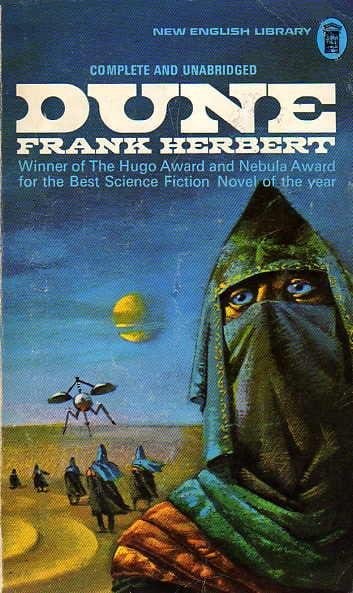
What I do think is useful is Dune. The first book is a perfect example of the high mimetic mode, a story that blends adventure, heroism, and weighty matters of state. That book famously ends with Paul Atreides ascendant, married to the daughter of the Emperor, the most powerful man in the universe. This is the essence of comedy in Frye's sense.
Dune: Messiah then flips that to tragedy. The most powerful man in the galaxy is unable to prevent his followers from deifying him and waging jihad in his name, and is cast out by his own society.
The particular thing called tragedy that happens to the tragic hero does not depend on his moral status. If it is causally related to something he has done, as it generally is, the tragedy is in the inevitability of the consequences of the act, not in its moral significance as an act. Hence the paradox that in tragedy pity and fear are raised and cast out. Aristotle's hamartia or "flaw," therefore, is not necessarily wrongdoing, much less moral weakness: it may be simply a matter of being a strong character in an exposed position, like Cordelia. The exposed position is usually the place of leadership, in which a character is exceptional and isolated at the same time, giving us that curious blend of the inevitable and the incongruous which is peculiar to tragedy.
Some of my favorite science fiction stories are high mimesis. Pournelle and Stirling's the Prince or Piper's Space Viking are about men who gain status and power through military command, and come to rule. The books are heavy on statecraft, history, and practical judgement.
For low mimesis, the shift is to a hero who is more like the intended audience, which is now the common people, who can thus identify better with the vices and virtues of that hero. From the Great Man to Everyman.
Of the tragic examples given, the "naive" examples are likely more relevant to my genre fiction audience than the "sentimental" ones. Madame Bovary by Flaubert, Lord Jim by Conrad, and Pierre by Melville are not things I have read, nor that I expect most genre readers to have read. Dickens at least retains broad familiarity.
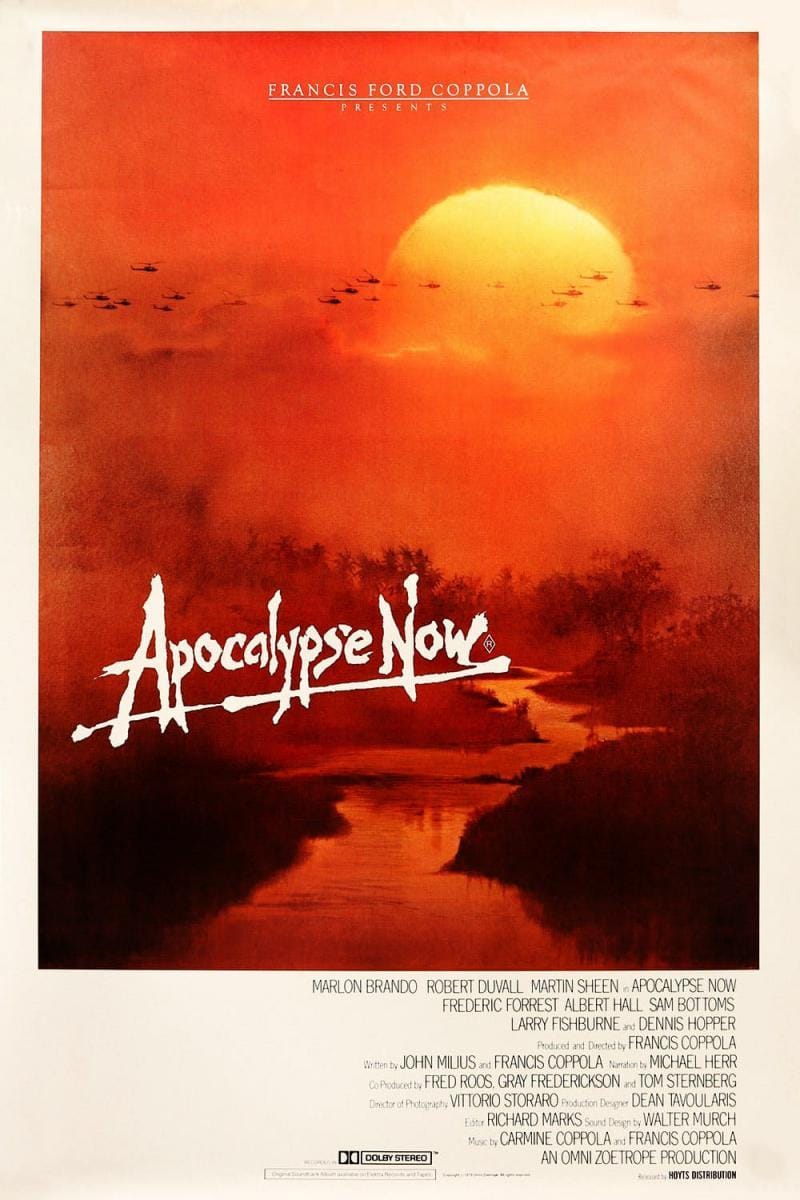
However, the naive examples, gothic thrillers, presumably Wuthering Heights from Frye's mention of Heathcliff, Conrad's Heart of Darkness, and "the mad scientists of popular fiction" are likely better known to my audience.
The key character of low mimesis tragedy is called by Frye the alazon, a Greek term for a braggart soldier used as a stock character, but here standing in for anyone who is an impostor, a crank, or a fraud. This is the literary function Frye sees a mad scientist fulfilling.
We get a very interesting contrast in the key character of low mimesis comedy, the picaro. Picaros are common in twentieth century genre literature, such as Cugel the Clever or The Stainless Steel Rat. Frye also uses romantic comedy as an example of low mimesis, and we are getting to a point where the terms almost overlap with contemporary usage.
Frye uses Cinderella as an example:
Domestic comedy is usually based on the Cinderella archetype, the kind of thing that happens when Pamela's virtue is rewarded, the incorporation of an individual very like the reader into the society aspired to by both, a society ushered in with a happy rustle of bridal gowns and banknotes.
...
The chief difference between high and low mimetic comedy, however, is that the resolution of the latter more frequently involves a social promotion.
As we turn to the last mode, ironic, Denham notes that Frye's definitions shift back to something more like what he used for myth:
Finally, in ironic tragedy pity and fear completely disappear, as we respond dispassionately to the typical victim, the pharmakos or scapegoat. As in the case of tragic myth, Frye appeals to principles other than effects in defining tragic irony. The point to be emphasized, however, is that a simple combination of his general definition of tragedy, coupled with his definition of any one of the modes, is not sufficient to account for the nature of a given kind of tragic work.
Now there is only one key character, the scapegoat, and whether the work is classified as comic or tragic depends upon whether the hero is the scapegoat, or whether the hero drives the scapegoat out of society. The valence of tragic and comic almost switches here, as the ironic mode is very complex.
It is worth noting that Frye's use of ironic is quite different from typical usage. Almost all literature of the past one hundred and fifty years is ironic in Frye's sense, including much that is seen as very serious and great. Frye gives examples of Hawthorne's The Scarlet Letter, the works of Graham Greene and Evelyn Waugh, or Crime and Punishment by Dostoevsky.
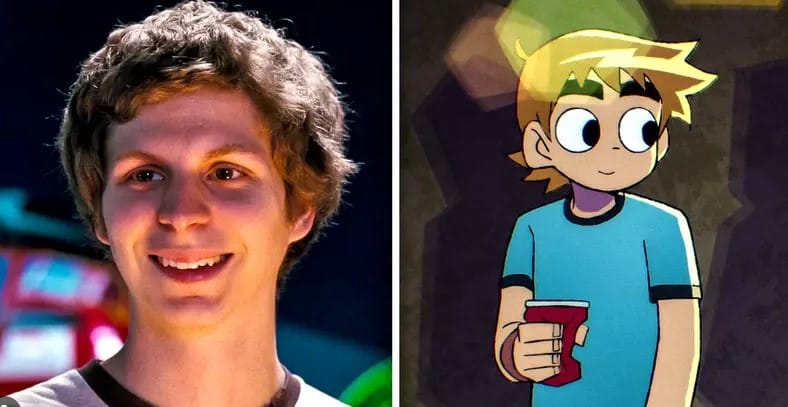
In common usage, to describe a work of art as ironic is to give the impression of a fundamental unseriousness. I've certainly used the word that way, but that is most appropriate when we are talking about mythoi in Frye's model. When we are talking about mode of action, it might actually do best to substitute the term "realism" or "realistic", which matches better with common usage, although that way lies dangers as well, because as Frye correctly notes realism is best used as a relative term, not an absolute one.
The term irony, then, indicates a technique of appearing to be less than one is, which in literature becomes most commonly a technique of saying as little and meaning as much as possible, or, in a more general way, a pattern of words that turns away from direct statement or its own obvious meaning. (I am not using the word ironic itself in any unfamiliar sense, though I am exploring some of its implications.)
The ironic fiction-writer, then, deprecates himself and, like Socrates, pretends to know nothing, even that he is ironic. Complete objectivity and suppression of all explicit moral judgements are essential to his method.
...
Irony, as a mode, is born from the low mimetic; it takes life exactly as it finds it. But the ironist fables without moralizing, and has no object but his subject.
However, there is something interesting about the ironic mode of action, because when it is taken to extremes, it makes a story turn into something very like a myth, which allows for Frye's model to become a cycle.
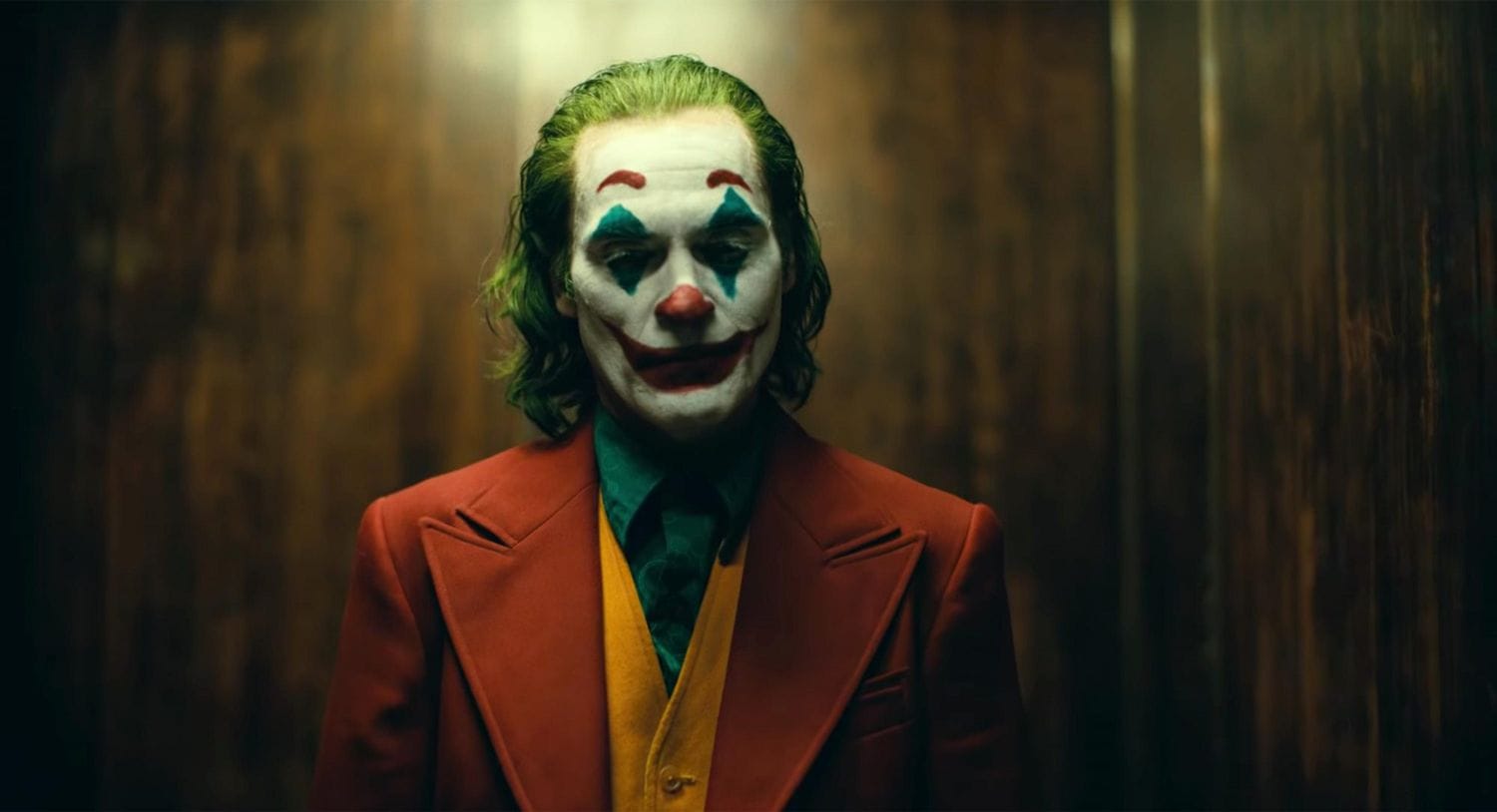
Irony descends from the low mimetic: it begins in realism and dispassionate observation. But as it does so, it moves steadily towards myth, and dim outlines of sacrificial rituals and dying gods begin to reappear in it.
Frye's model is fascinating when it comes to ironic comedy. An ironic comedy is one in which the scapegoat is cast out of society, and the greatest contemporary example of this is the murder mystery or detective story.
The fact that we are now in an ironic phase of literature largely accounts for the popularity of the detective story, the formula of how a man-hunter locates a pharmakos and gets rid of him. The detective story begins in the Sherlock Holmes period as an intensification of low mimetic, in the sharpening of attention to details that makes the dullest and most neglected trivia of daily living leap into mysterious and fateful significance. But as we move further away from this we move toward a ritual drama around a corpse in which a wavering finger of social condemnation passes over a group of "suspects" and finally settles on one.
The best contemporary example of this is not even a book, it is Law & Order, the two-decade running crime show by Dick Wolf, which fits this paragraph by Frye astonishingly well:
In the growing brutality of the crime story (a brutality protected by the convention of the form, as it is conventionally impossible that the man-hunter can be mistaken in believing that one of his suspects is a murderer), detection begins to merge with the thriller as one of the forms of melodrama. In melodrama two themes are important: the triumph of moral virtue over villainy, and the consequent idealizing of the moral views assumed to be held by the audience. In the melodrama of the brutal thriller we come as close as it is normally possible for art to come to the pure self-righteousness of the lynching mob.
That brings us through all of Frye's modes of action. Next time, we'll pick up the closely related thematic modes.
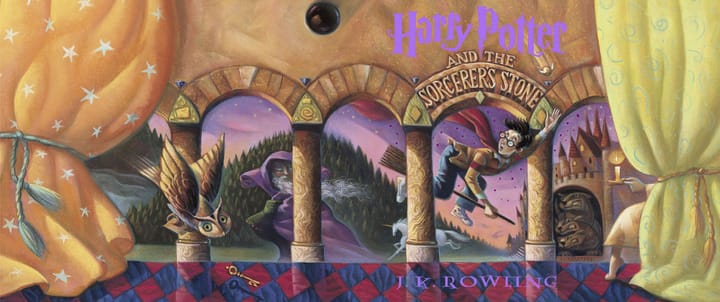
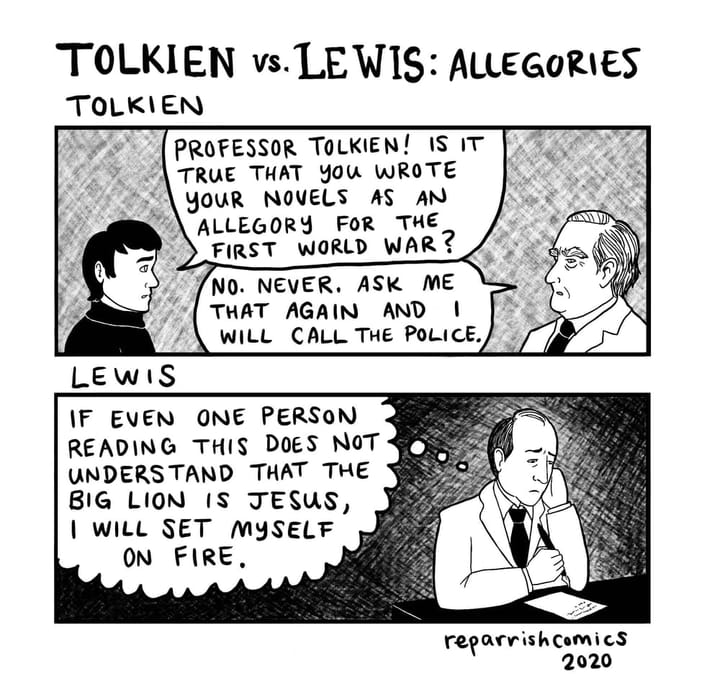
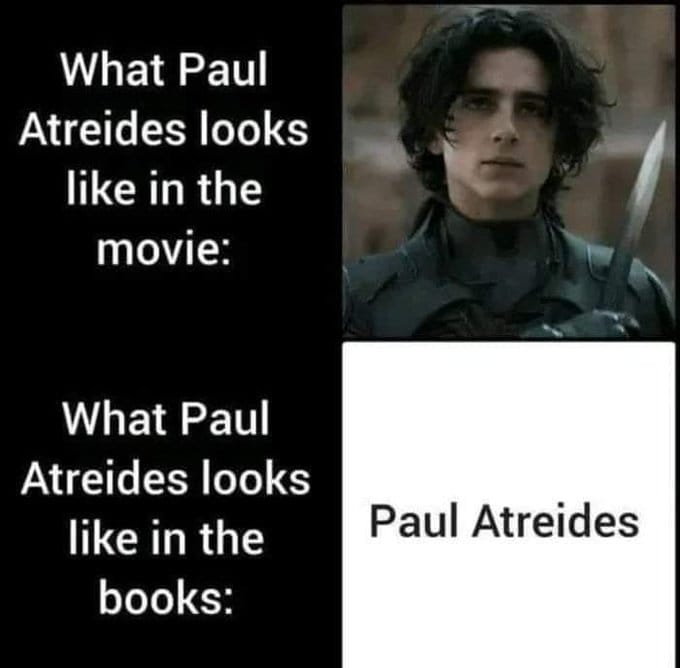
Comments ()